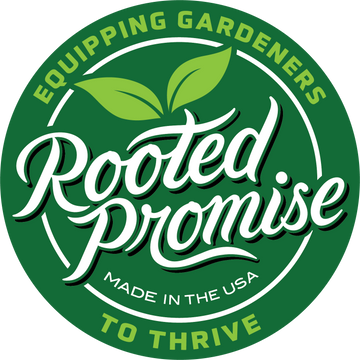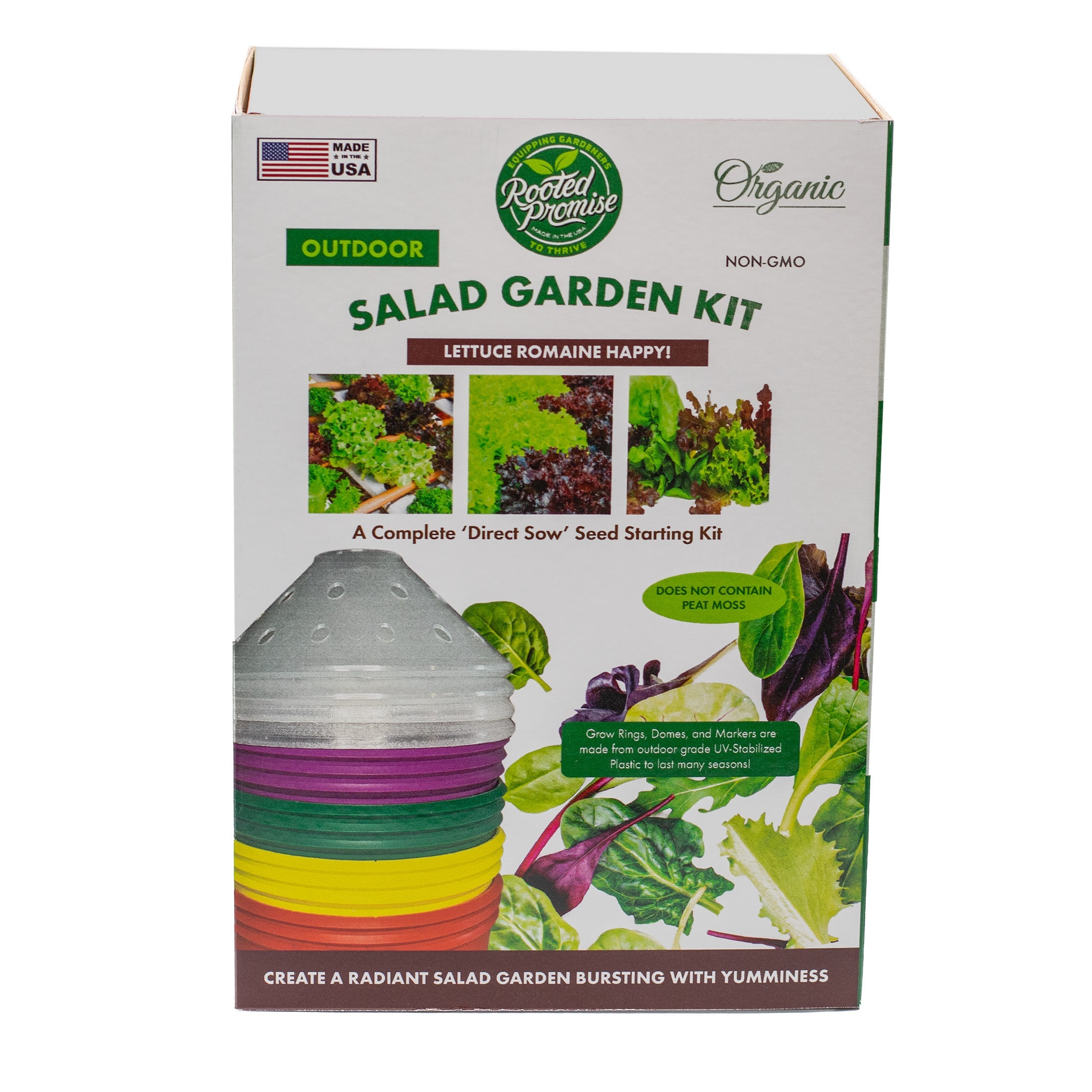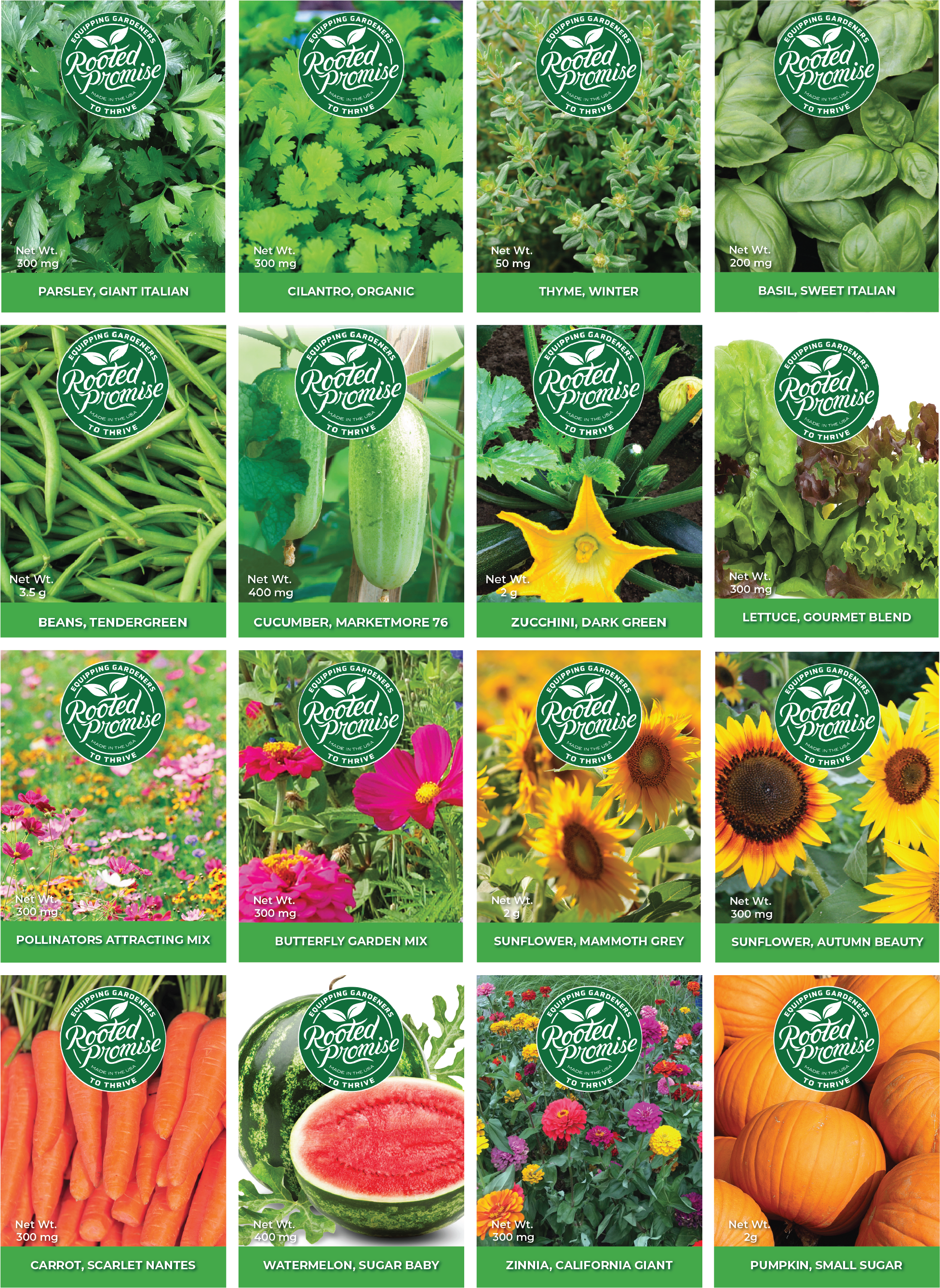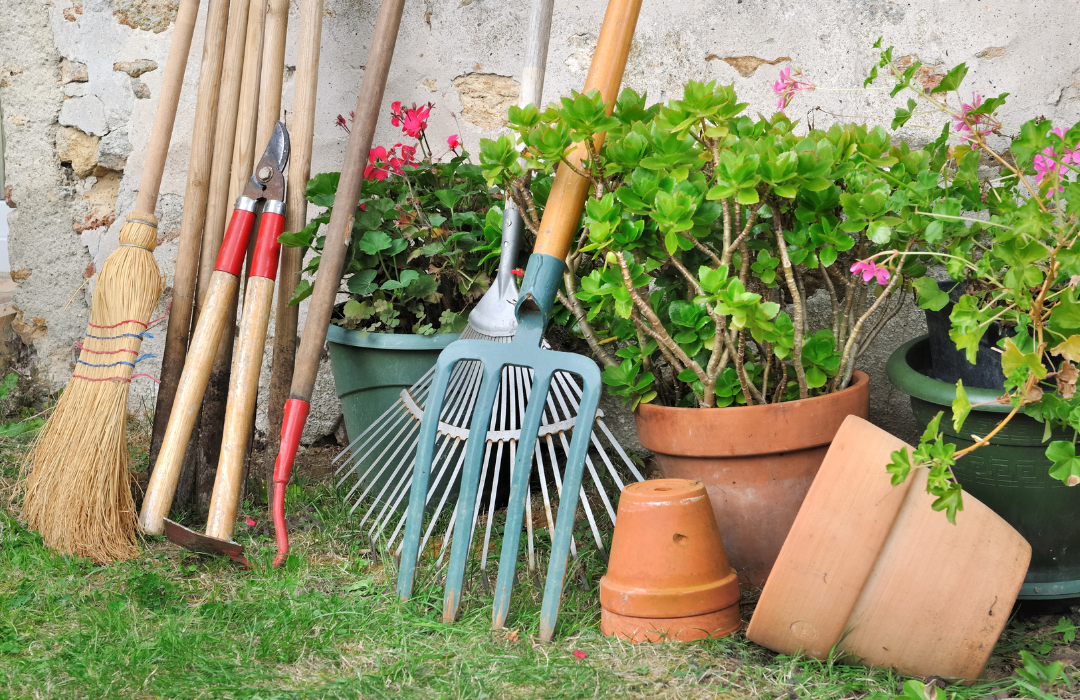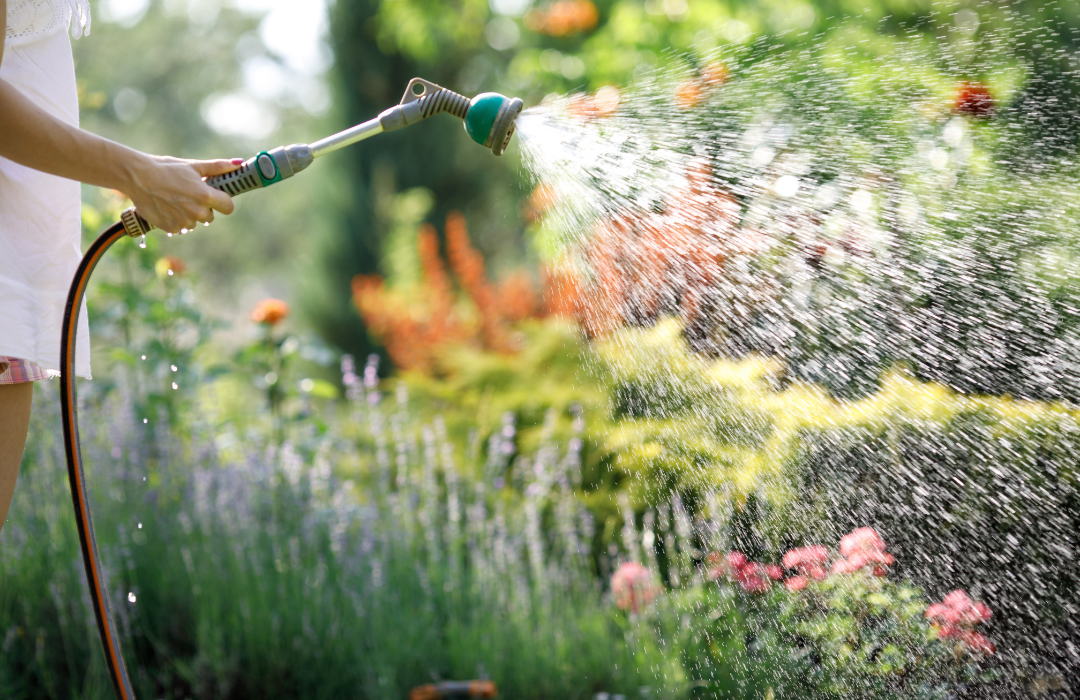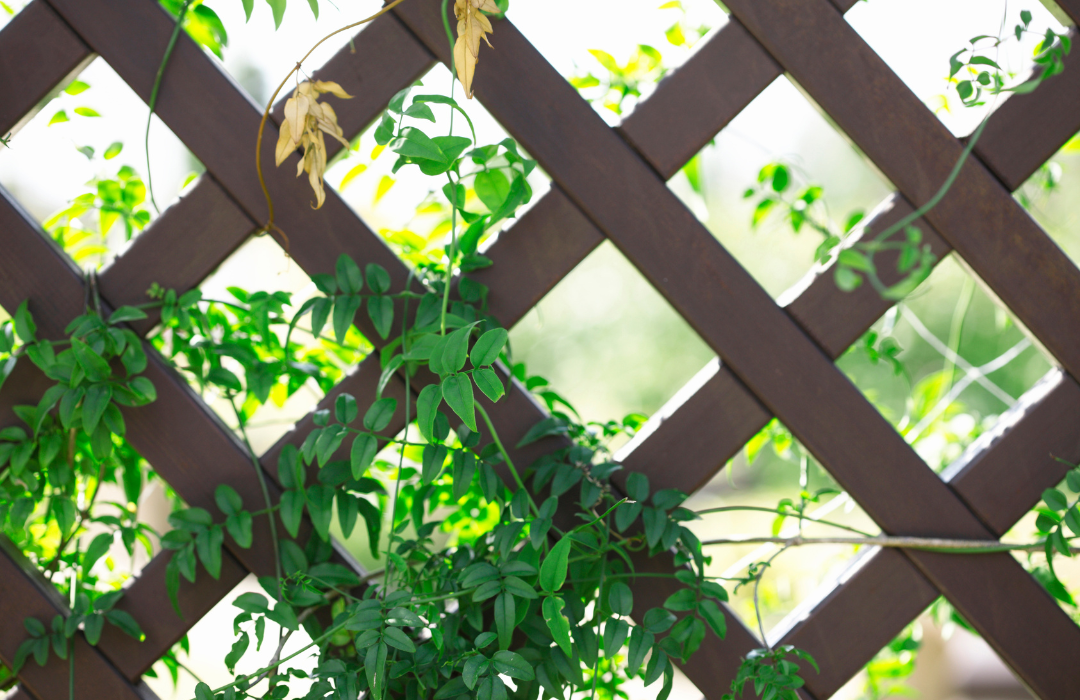Discover the best vegetables for beginner gardeners and get tips for success in growing your own produce. Learn about the benefits of vegetable gardening and factors to consider, as well as easy-to-grow vegetables and essential gardening tips.
Table of Contents
- Introduction
- Benefits of Starting with Easy-to-Grow Vegetables
- Top Easy Vegetables for Beginners
- Radishes
- Lettuce
- Spinach
- Carrots
- Zucchini
- Companion Planting Basics
- Companion Planting Examples
- Radishes and Lettuce
- Carrots and Tomatoes
- Zucchini and Nasturtium
- Selecting the Right Location for Your Vegetable Garden
- Considerations for Choosing Between Raised Beds and In-Ground:
- Advantages of Raised Bed Gardening
- Benefits of In-Ground Gardening
- Tips for Success in Each Method
- For Raised Beds
- For In-Ground Gardening
- Conclusion
Introduction
Gardening is a rewarding activity that can yield tasty results, especially when you start with vegetables that are forgiving and easy to grow. For beginner gardeners, choosing the right vegetables and understanding the basics of companion planting can make the difference between a thriving garden and a faltering one. This guide will explore some of the easiest vegetables to grow, how to pair them for optimal health and yield, and provide tips to ensure your gardening success.

Benefits of Starting with Easy-to-Grow Vegetables
Starting with easy-to-grow vegetables is ideal for beginners because it requires less specialized knowledge and fewer resources. These vegetables often grow quickly, are resilient, and require less monitoring and care, which reduces the frustration that new gardeners might experience. Moreover, seeing quick results from their efforts can boost confidence and encourage new gardeners to expand their gardening activities.
Top Easy Vegetables for Beginners
- Radishes
Radishes are one of the fastest-growing vegetables, often ready to harvest just three to four weeks after planting. They require minimal space and can be grown in small, shallow gardens or containers.
- Lettuce
Lettuce grows quickly and can be harvested as soon as leaves form, making it an excellent choice for continuous harvesting. It prefers cooler temperatures, making it ideal for spring or fall planting.
- Spinach
Spinach is highly nutritious and grows well in partial shade, making it versatile for different garden locations. It also benefits from being harvested early, as the leaves are tender and more flavorful.
- Carrots
Carrots are root vegetables that thrive with little maintenance. They can take a few months to mature, but they can be planted early in the season as soon as the soil can be worked.
- Zucchini
Zucchini is a prolific vegetable once established, often producing large quantities of fruit throughout the summer. It requires more space but is very forgiving and produces reliably.


Companion Planting
Companion planting involves strategically placing plants together to enhance growth, reduce pests, and increase yield. By understanding which vegetables benefit each other, beginner gardeners can maximize their garden's productivity and health.
Companion Planting Examples:
Radishes and Lettuce
Planting radishes and lettuce together helps utilize space efficiently as radishes grow below the soil and lettuce is a shallow-rooted plant. Radishes can also help deter lettuce pests.
Carrots and Tomatoes
Carrots and tomatoes are excellent companions. Tomatoes help repel carrot fly, while carrots aerate the soil around the tomato roots, improving their growth.
Zucchini and Nasturtium
Nasturtium acts as a trap crop for pests that might otherwise target zucchini. Additionally, the flowers of nasturtium can attract pollinators, enhancing zucchini pollination.
Choosing the Right Location: The success of a vegetable garden starts with its location. The ideal spot for summer vegetables requires ample sunlight—most vegetables thrive with at least six to eight hours of direct sunlight daily.
Soil quality is next; vegetables prefer well-draining, fertile soil to avoid diseases associated with poor drainage and to promote healthy growth. Assessing the natural drainage of your potential garden spot after a rain can help you understand the soil's water retention characteristics. If water pools and takes a long time to drain, consider improving the soil or using raised beds.
Once you know where you want to plant your garden, you have to decide whether you want a raised bed or in-ground garden.
Considerations for Choosing Between Raised Beds and In-Ground
The choice between raised beds and in-ground gardening often comes down to specific circumstances:
-
Soil Quality: If the native soil is poor or contaminated, raised beds may be a better choice.
-
Mobility Issues: For gardeners with physical limitations, raised beds offer easier access.
-
Climate: In very wet climates, raised beds might prevent plant roots from becoming waterlogged; in dry climates, in-ground gardens might conserve moisture better.
-
Space and Aesthetic Preferences: Raised beds can offer a more organized appearance and can be designed to fit into smaller or more structured spaces.

Advantages of Raised Beds: Raised beds offer several benefits that make gardening easier and more productive. These include:
- Improved Drainage: By elevating the soil, raised beds facilitate better drainage, crucial for healthy root development.
- Easier Weed and Pest Control: The contained nature of raised beds makes it easier to manage weeds and monitor for pests.
- Convenience: Raised beds are more accessible for planting, tending, and harvesting, reducing strain on the gardener’s back and knees.
- Custom Soil Mix: You can fill raised beds with a custom soil mix that's ideal for your specific vegetables, bypassing issues with native soil quality.
- Reduced Soil Compaction: The soil in raised beds is not walked on, which keeps it loose and well-aerated.

Benefits of In-Ground Gardening: While raised beds have their advantages, in-ground gardening is not without merit:
- Lower Startup Costs: Directly planting in the ground generally requires less investment compared to setting up raised beds.
- Natural Soil Ecosystem: Planting in-ground allows vegetables to benefit from natural soil ecosystems, which can be richer in microorganisms and nutrients.
- Less Watering: Ground soil retains moisture longer than the soil in raised beds, reducing watering frequency.
- Support for Larger Plants: In-ground gardens can better support the growth of large plants or extensive root systems, beneficial for crops like squash and root vegetables.
Tips for Success in Each Method:
For Raised Beds:
- Soil Composition: Use a mix of topsoil, compost, and aeration components like perlite to create a nutrient-rich, well-draining environment.
- Depth: Ensure the bed is deep enough to accommodate the root systems of your chosen vegetables—usually, 12 to 18 inches deep is sufficient for most crops.
For In-Ground Gardening:
- Soil Improvement: Incorporate organic matter annually to improve soil structure and fertility. Utilize cover crops in the off-season to enhance soil health.
- Layout Considerations: Plan your garden layout to maximize exposure to sunlight and allow for good air circulation, which helps prevent fungal diseases.
Conclusion
Starting a vegetable garden as a beginner doesn't have to be daunting. Whether you opt for raised beds or in-ground planting, starting with easy-to-grow vegetables, and utilizing companion planting strategies can help ensure your gardening success.
Enjoy the process as you watch your garden grow and eventually, reap the fruits of your labor.
Interested in starting your own vegetable garden? Checkout some of Rooted Promise’s products to help you become a vegetable garden grow-it-all!
